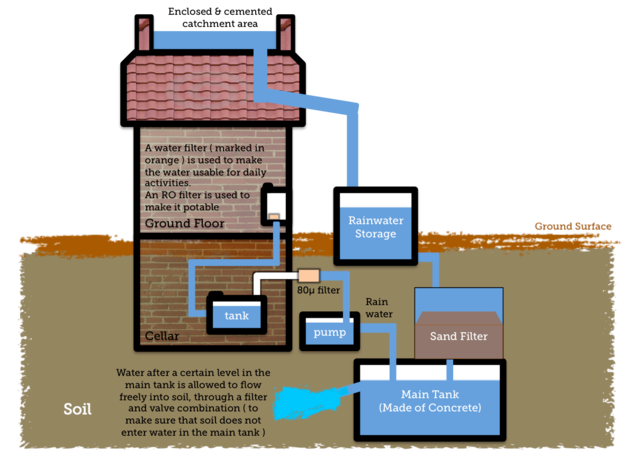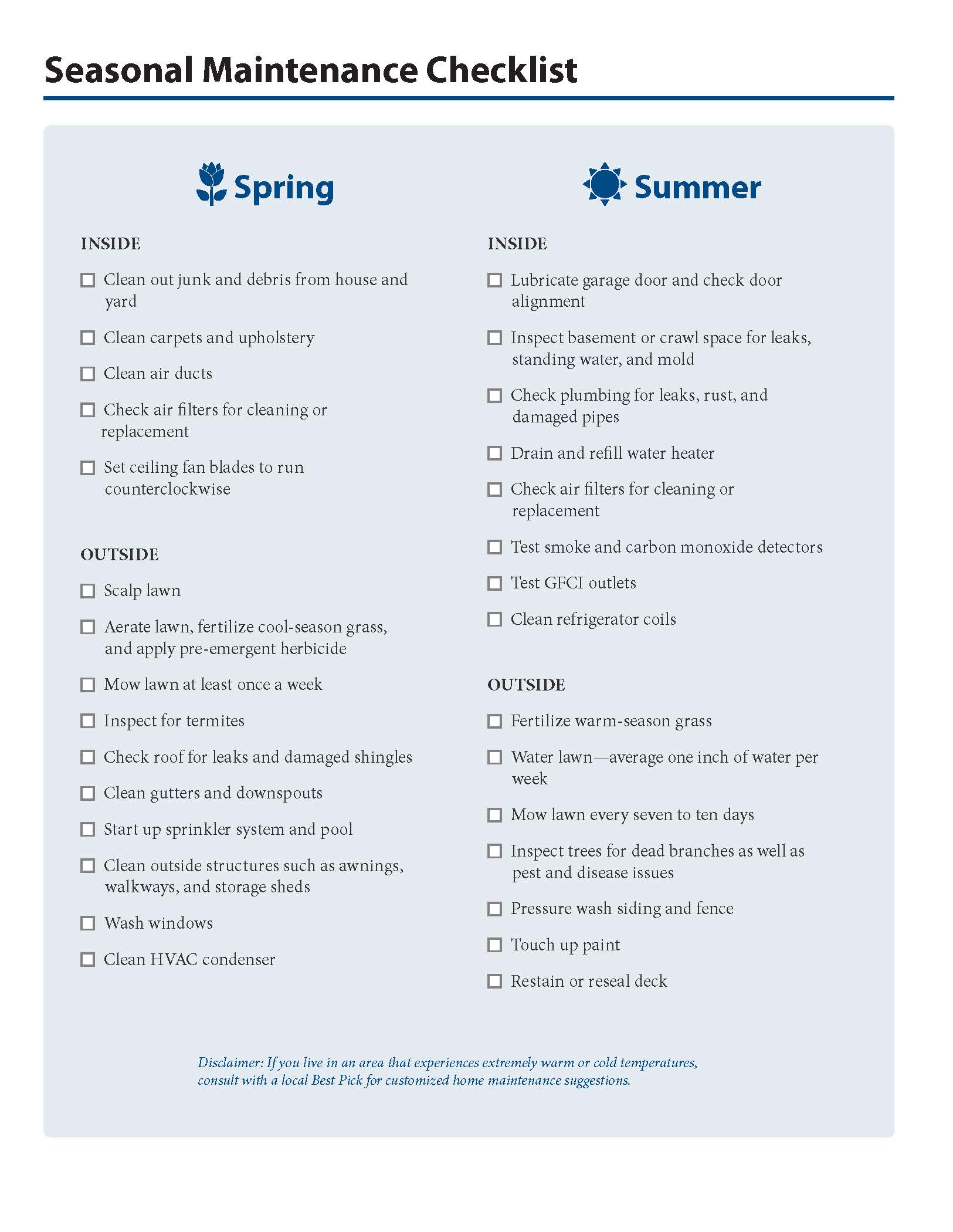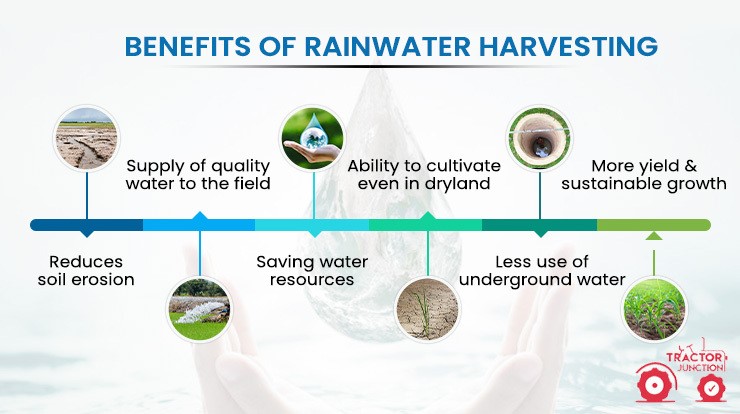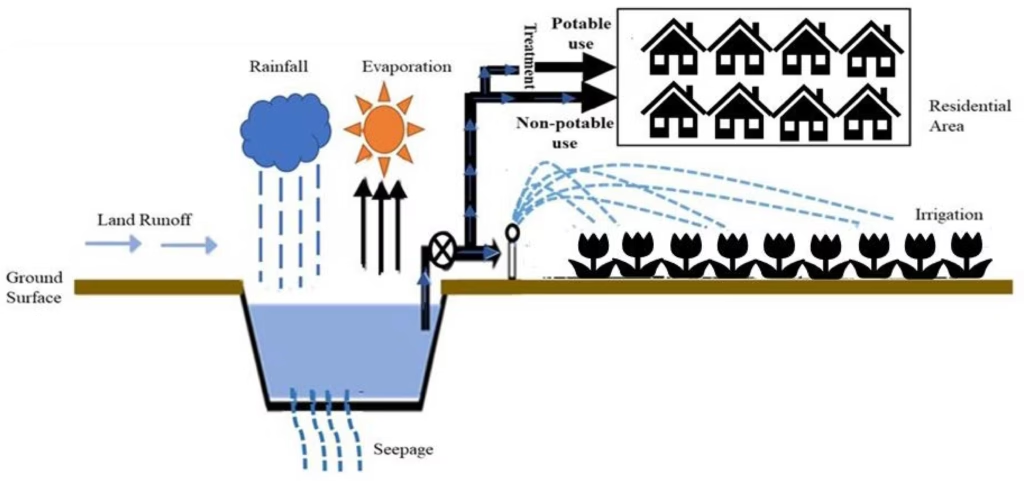Rainwater harvesting is becoming increasingly popular among eco-conscious pond owners and DIY enthusiasts. This method not only conserves valuable water resources but also provides a sustainable supply for your swim pond. By utilizing rainwater, you create a thriving ecosystem that helps reduce your environmental footprint while significantly lowering water costs. In this comprehensive guide, we’ll explore the benefits of incorporating rainwater harvesting into swim ponds, the setup process, cost-effective solutions, seasonal maintenance tips, and its impact on local ecosystems.
Why Choose Rainwater Harvesting for Your Swim Pond?
Integrating rainwater harvesting into your swim pond offers a variety of benefits aligned with sustainable practices. First and foremost, relying on rainwater decreases your dependence on municipal water sources. This enables you to create a self-sustaining water supply that can remain consistent throughout varying weather conditions.
Using harvested rainwater not only promotes the health of your swim pond but also plays a key role in conserving precious water. By filling your pond with rainwater, you can significantly cut costs associated with municipal water use. Additionally, the consistent influx of rainwater supports a diverse habitat, encouraging local wildlife and enhancing the ecological balance in and around your pond.
According to the California Rainwater Capture Act, you don’t need a water right permit to use rainwater collected from rooftops, simplifying the process of starting your own harvesting system. With these benefits in mind, it’s clear how effective and sustainable rainwater harvesting systems can be for swim ponds.
Diagram illustrating the benefits of rainwater harvesting (Source: MDPI)
Step-by-Step Setup for Your Rainwater Catchment System Made Easy
Setting up a rainwater catchment system for your swim pond might seem overwhelming, but it can be straightforward with the right guidance. Start by identifying the optimal location for your gutters and downspouts, as these will maximize rainwater collection. Positioning these components correctly allows them to effectively channel rainwater from your roof into a storage system.
Next, choose the appropriate storage tank for your rainwater collection. Consider factors such as tank capacity; larger tanks typically benefit bigger ponds. Opt for materials like food-grade plastic to ensure safety and usability while also complying with regulations in your area.
You will also need to establish plumbing connections to direct the collected rainwater into your pond. Regular maintenance of your rainwater system is essential for ensuring cleanliness and efficiency. Schedule checks to clean any filters and inspect for blockages in the gutters and downspouts to prevent contamination of the collected water. Following these steps will lead to a successful rainwater harvesting system that enhances your swim pond.

Simple diagram illustrating the components of a rainwater harvesting system (Source: EcoHome)
Budget-Friendly Solutions for Your Rainwater System That Won’t Break the Bank
Implementing a rainwater harvesting system doesn’t necessarily have to strain your budget. Whether you choose a DIY approach or hire professionals for installation, there are several budget-friendly options available. Start by comparing do-it-yourself installations to professional setups to find choices that fit your budget and expertise level.
Consider using recycled materials when building your storage tanks or rainwater catchment system. This strategy not only lowers costs but also promotes sustainability. Evaluate your potential savings by analyzing the long-term expenses of traditional swimming pools, which often include maintenance ranging from $900 to $4,425 per year. In contrast, the ongoing maintenance of a rainwater system can average around $555 annually over its lifespan. While the initial investment may be higher, the benefits often pay off in the long run.

A chart providing cost-benefit analysis for a rainwater harvesting project (Source: ResearchGate)
Seasonal Maintenance Practices That Maximize Efficiency and Longevity
Once your rainwater harvesting system is up and running, seasonal maintenance becomes a critical aspect of keeping it efficient. Regular inspections of gutters and filtration systems can help prevent blockages and ensure optimal performance. Clearing debris from these areas can greatly affect how much rainwater is effectively collected during rainy periods.
As seasons change, so do the effects on your system’s efficiency. For example, summer storms may contribute to increased water flow, while winter may see a slowdown in collection. Regularly cleaning your storage tanks also helps prevent the growth of algae, which can compromise water quality. Monitoring the quality of your water is vital, so be sure to periodically check parameters such as pH levels and bacteria counts, as this ensures safety for swimming. By committing to seasonal maintenance, you can enhance the efficiency and longevity of your rainwater harvesting system.

A visual checklist detailing seasonal maintenance tasks (Source: Best Pick Reports)
Water Conservation and Its Impact: Harnessing Rainwater Benefits Local Ecosystems
Utilizing rainwater harvesting systems not only delivers immediate advantages for your swim pond but also positively supports local ecosystems. By using harvested rainwater to fill your pond, you ensure a steady habitat for local wildlife, which is particularly critical during drought conditions. This sustainable approach fosters biodiversity within aquatic environments and makes a tangible contribution to environmental conservation.
Rainwater systems help mitigate urban runoff, reducing pollution and improving overall water quality in your area. Moreover, their implementation showcases how homeowners like you can actively reduce their ecological footprint. The presence of healthy swim ponds nourished by rainwater encourages various species to thrive and feeds into a wider shift towards restoring local habitats.

An infographic illustrating ecological benefits achieved through rainwater harvesting (Source: Vardhman Envirotech)
Conclusion
Rainwater harvesting systems provide eco-conscious pond owners and DIY enthusiasts with sustainable, cost-effective solutions for swim ponds. By understanding the benefits, the setup process, cost-effective strategies, and the importance of seasonal maintenance, you can create an efficient rainwater system tailored to your specific needs. Furthermore, adopting these sustainable practices enhances local ecosystems and contributes to broader conservation goals. As we face increasing challenges related to water scarcity and environmental degradation, every effort counts toward fostering a more eco-friendly future.
This comprehensive guide has aimed to show you not only how to implement rainwater harvesting successfully but also to underline its many benefits, making it a practical choice for your swim pond.

